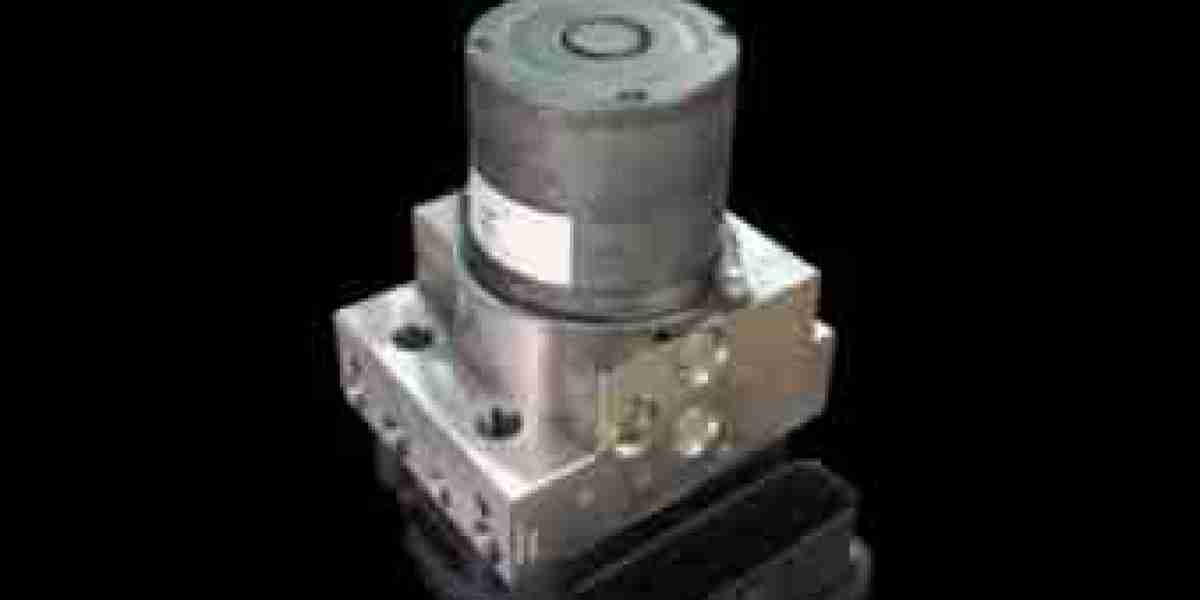The ABS (Anti-lock Braking System) warning light is one of the most misunderstood indicators on a vehicle’s dashboard. Many drivers ignore it, while others panic at its appearance. So, what does this light really mean? Let’s break down the most common myths — and explain what you actually need to know.
? Myth #1: If the ABS Light Comes On, My Brakes Will Stop Working
Truth:
When the ABS warning light is on, your regular brakes still work. However, your anti-lock feature is disabled. This means in emergency braking situations — like on a wet or icy road — you could skid or lose steering control. The core braking system remains functional, but your advanced safety net is offline.
?️ Myth #2: The ABS Light Only Comes On in Bad Weather
Truth:
While slippery roads can reveal ABS-related issues (like sensor malfunctions), weather doesn’t “trigger” the light. It’s usually caused by a hardware or sensor problem — such as a faulty wheel speed sensor or low brake fluid. If it happens during rain or snow, it’s more likely that water or salt is interfering with system components, not that the weather itself is at fault.
? Myth #3: I Can Ignore the ABS Light as Long as My Car Stops
Truth:
The car might stop now — but without ABS, it's more likely to skid or lock up during emergency braking. If a deer runs across the road or another driver brakes suddenly in front of you, the absence of ABS could mean the difference between avoiding an accident and being in one. Ignoring the light compromises vehicle stability when you need it most.
⚙️ Myth #4: The ABS Light Is Just a Sensor Issue — Nothing Serious
Truth:
Sensor faults are common causes of the ABS light — but they are serious. The system relies on accurate input from wheel speed sensors to calculate when and how to apply anti-lock braking. If a sensor fails, the entire ABS shuts down as a safety precaution. It’s a small part with big consequences if neglected.
? Myth #5: I Can Fix the ABS Light by Disconnecting the Battery
Truth:
While disconnecting the battery may temporarily reset the light, it won’t resolve the underlying issue. Modern vehicles log ABS fault codes in the control module, and they often return once the system detects the issue again. It’s always better to diagnose the root cause with a scan tool rather than using a “band-aid” approach.
? Myth #6: ABS Activates All the Time While Braking
Truth:
ABS only kicks in under specific conditions: hard braking or slippery surfaces. If you brake gently or normally, the ABS won’t engage. That’s why some drivers go years without ever feeling ABS in action — until a high-stress stop proves its worth. The light being on doesn't mean ABS is “activating,” it means it can’t activate at all.
? Myth #7: Replacing Brake Pads Will Turn the ABS Light Off
Truth:
ABS and brake pads are part of the overall braking system, but the light is rarely caused by worn pads. Unless the brake job includes replacing sensors, fixing wiring, or refilling low brake fluid, replacing pads alone won’t clear the ABS warning. The system requires specific fault resolution before the light will go off.
? Bonus Tip: Preventing ABS Issues
While ABS failures can’t always be predicted, some maintenance habits can reduce risk:
- Rinse under your car after driving through snow or mud
- Check brake fluid levels regularly
- Avoid ignoring minor dashboard alerts
- Listen for unusual brake sounds or sensations
- Inspect wheel areas during tire changes for rust or grime
Prevention is always easier than emergency repair.
✅ In Summary
Myth | Reality |
“ABS light means my brakes are gone” | Brakes still work — ABS doesn't |
“It’s just weather” | It's likely a sensor or system fault |
“No need to fix it now” | You lose safety functions in emergencies |
“Resetting will fix it” | Only repairing the fault clears it |
“I replaced the pads, so it’s fine” | Pads aren’t directly connected to ABS faults |
Final Thought:
The ABS light isn’t a message to fear — it’s a message to pay attention. Just like a warning sign on the road, it’s there to keep you safe. Understanding what it really means empowers you to drive smarter, stay safer, and prevent small problems from turning into big ones.





